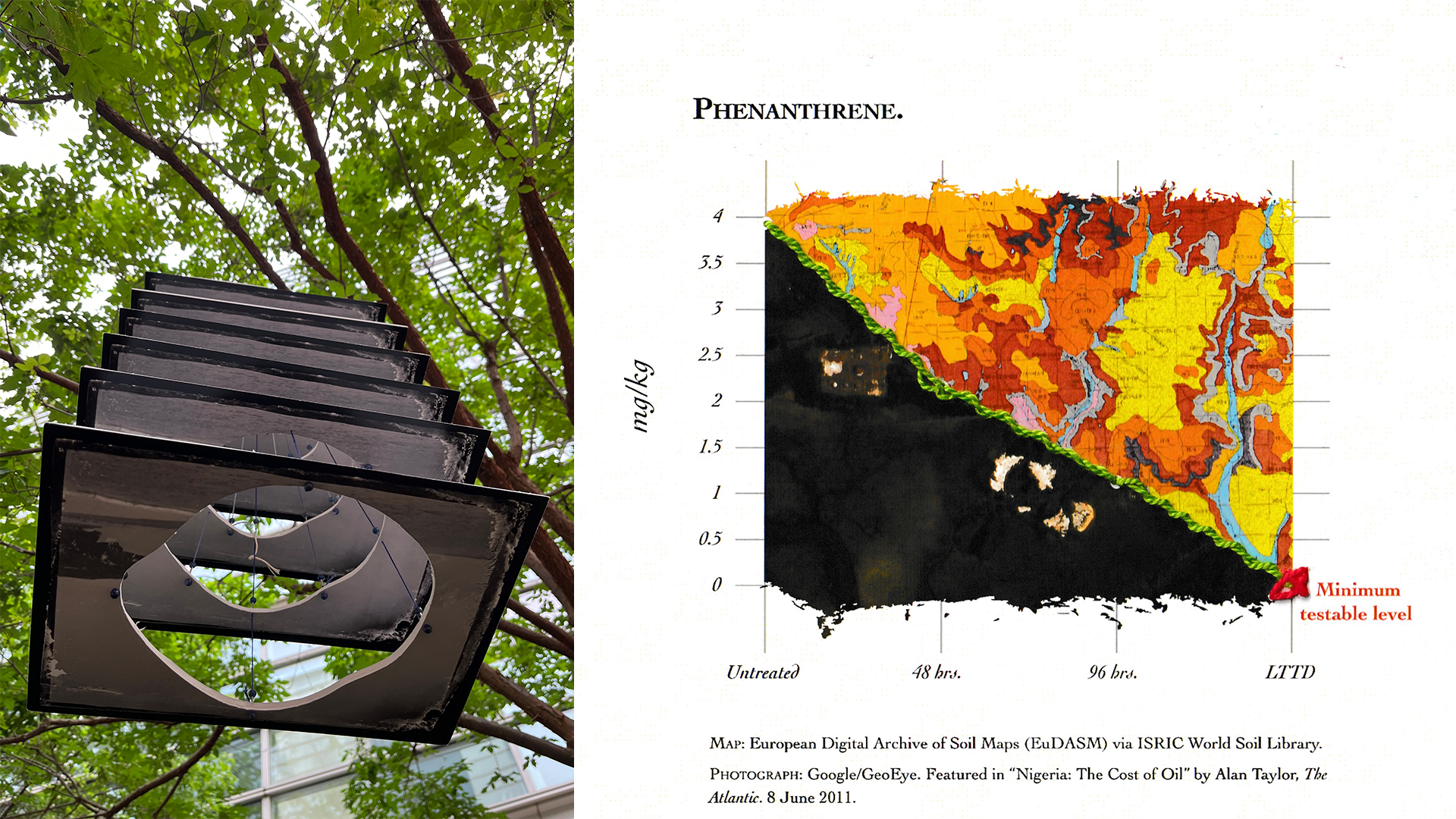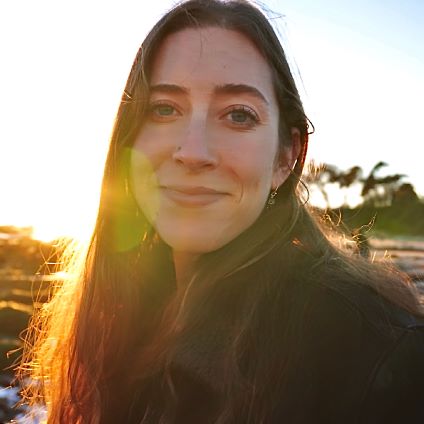Eco-Mending

Abstract
Eco-Mending juxtaposes old and new to tell a story of ecological regeneration. We find stories of human-mediated restoration in longitudinal data, and stitch modern data in imagery from the past. We chose the subject of "reclamation" as an overarching characterization of a range of sub-topics we were drawn to, including ecological resilience, environmental stewardship, and natural regeneration. One story examines illegal oil drilling in the Port Harcourt region of Nigeria, which has resulted in significant groundwater pollution and dangerous offgassing. Researchers are pursuing approaches to bioremediation to absorb harmful substances like hydrocarbons and heavy metals through methods such as thermal treatment, dilution, and bioabsorption or breakdown with bacteria and fungi. The other story explores the repairing of the ozone hole in Antarctica. Consistent depletion of ozone, a natural gas that absorbs ultraviolet radiation, by manufactured ozone depleting substances (ODS) (e.g., halocarbons, chlorofluorocarbons) was pushed into the environmental spotlight in the 1980s. The joint effort of 198 nations via the Montreal Protocol and its subsequent amendments drastically curbed production of ODS, resulting in a steady increase in the average amount of ozone in the Earth's atmosphere since 2000. These stories come with a painful past, of human harms on the environment, but bring silver linings in the form of apologetic labors of love for our environment. We stitch the data traces of these stories into photographic memories of the affected environments.
Authors
Citation
Khoury Vis Lab — Northeastern University
* West Village H, Room 302, 440 Huntington Ave, Boston, MA 02115, USA
* 100 Fore Street, Portland, ME 04101, USA
* Carnegie Hall, 201, 5000 MacArthur Blvd, Oakland, CA 94613, USA


